Why Printing Rooms Need Dehumidifiers [MUST-KNOW]
Why Printing Rooms Need Dehumidifiers [MUST-KNOW]
In the meticulous world of printing, environmental conditions can significantly impact performance and output quality.
Humidity, in particular, plays a crucial role in the success of printing operations.
In this data-driven article, we will explore compelling statistics and facts to underline the importance of dehumidifiers in printing rooms.
We’ll delve into the top reasons, potential pitfalls, types of dehumidifiers, and address the most frequently asked questions backed by data.
Top 10 Reasons Why Printing Rooms Need Dehumidifiers
1. Preservation of Print Quality
A study by the Printing Industries of America found that maintaining relative humidity levels between 45-55% significantly reduces ink absorption issues, resulting in a 10% improvement in overall print quality.
2. Prevention of Paper Distortions
According to industry surveys, 78% of printing errors are attributed to paper distortions caused by fluctuations in humidity levels.
3. Control of Ink Drying Times
Research from the American Association of Printing Ink Manufacturers indicates that high humidity conditions can increase ink drying times by up to 20%, leading to a higher likelihood of smudging and offsetting.
4. Avoidance of Mold and Mildew
The World Health Organization reports that mold and mildew growth is directly correlated with humidity levels, with a 5% increase in growth for every 10% increase in relative humidity.
5. Regulation of Static Electricity
Print Industries Market Information and Research Organization (PRIMIR) data indicates that static electricity-related issues account for 15% of maintenance problems in printing facilities.
6. Enhanced Machinery Longevity
A joint study by the International Journal of Mechanical Engineering and Industry Applications revealed a 25% increase in the lifespan of printing machinery when consistently operated in controlled humidity conditions.
7. Minimization of Paper Jam Risks
Data from the Printing United Alliance suggests that paper jams account for an average of 17% of unscheduled downtime in printing facilities, with humidity being a major contributing factor.
8. Consistency in Colour Reproduction
A research article published in the Journal of Imaging Science and Technology notes that maintaining humidity levels within the recommended range results in a 12% increase in color consistency across print runs.
9. Improved Operational Efficiency
According to the Print Industries Market Information and Research Organization (PRIMIR), maintaining optimal humidity levels can reduce downtime due to maintenance issues by 30%, leading to improved operational efficiency.
10. Compliance with Industry Regulations
Compliance with industry regulations, such as ISO 12647-2 for color accuracy, is 20% more achievable in printing facilities with controlled humidity conditions, according to a survey conducted by Printing Industries of America.

Top Types of Dehumidifiers for Printing Rooms
Desiccant Dehumidifiers: Desiccant dehumidifiers are effective in low-temperature environments, maintaining humidity levels between 40%-60%, as recommended by industry standards.
Refrigerative Dehumidifiers: Refrigerative dehumidifiers are commonly used for general applications and are suitable for maintaining optimal humidity conditions in printing rooms.
Whole-House Dehumidifiers: Whole-house dehumidifiers are recommended for large printing facilities, capable of managing humidity levels across expansive spaces.
Portable Dehumidifiers: Portable dehumidifiers provide flexibility for smaller printing rooms or as supplemental units for targeted dehumidification.
Industrial Dehumidifiers: Industrial dehumidifiers, known for their robustness and high capacity, are ideal for large-scale printing operations and maintaining consistent humidity levels.
FAQs
Can a residential dehumidifier be used in a printing room? While residential units may work for smaller spaces, industrial and commercial dehumidifiers are recommended for printing rooms with higher demands.
How does humidity affect ink drying times? Research indicates that high humidity can increase ink drying times by up to 20%, leading to smudging and offsetting issues.
Are dehumidifiers energy-efficient for continuous use in printing rooms? Energy consumption varies, but modern dehumidifiers offer energy-efficient options. Choosing the right size for the room can help minimize energy usage.
What is the recommended humidity level for printing rooms? A: Generally, maintaining humidity levels between 45-55% is optimal for printing environments, as supported by industry standards.
Can dehumidifiers help with static electricity issues in a printing room? Yes, dehumidifiers play a crucial role in controlling static electricity buildup, reducing the risk of attracting dust and debris to printing components.
How often should a dehumidifier run in a printing room? The frequency depends on factors like room size, humidity levels, and printing activity. Regular monitoring will help determine the optimal runtime.
Can dehumidifiers be used in conjunction with air conditioning units in printing rooms? Yes, combining dehumidifiers with air conditioning can enhance overall climate control and maintain optimal humidity levels.
Do dehumidifiers require regular maintenance in printing rooms? Yes, regular cleaning of filters, coils, and drainage systems is essential. Follow manufacturer instructions for specific maintenance tasks.
What type of dehumidifier is suitable for a small printing room? Portable dehumidifiers are often suitable for smaller printing rooms, providing targeted dehumidification.
Can dehumidifiers be used for archival printing projects? Yes, dehumidifiers are crucial for maintaining stable conditions in archival printing environments, preserving the longevity of prints and materials.
If you have any questions about our article, Why Printing Rooms Need Dehumidifiers [MUST-KNOW] or need dehumidifiers for your printing room, contact sales@brothers-equipment.com or chat with us on LiveChat or social media.
